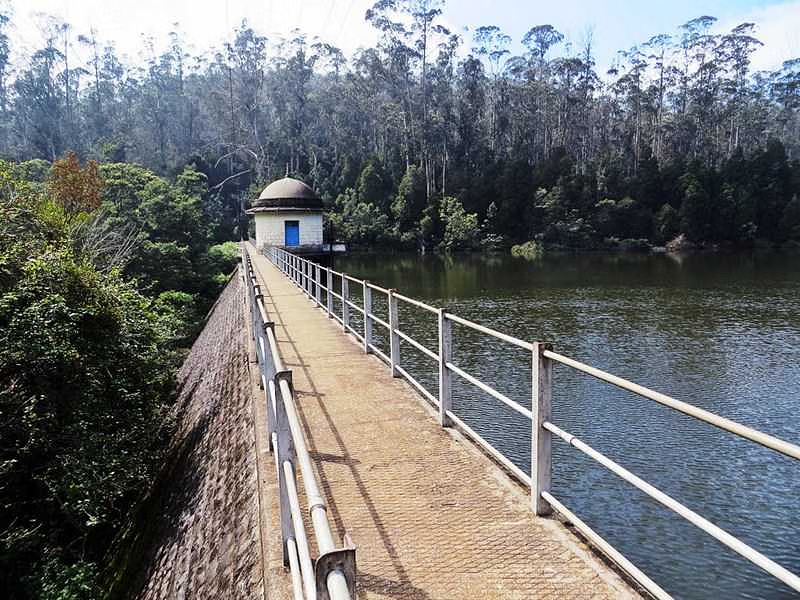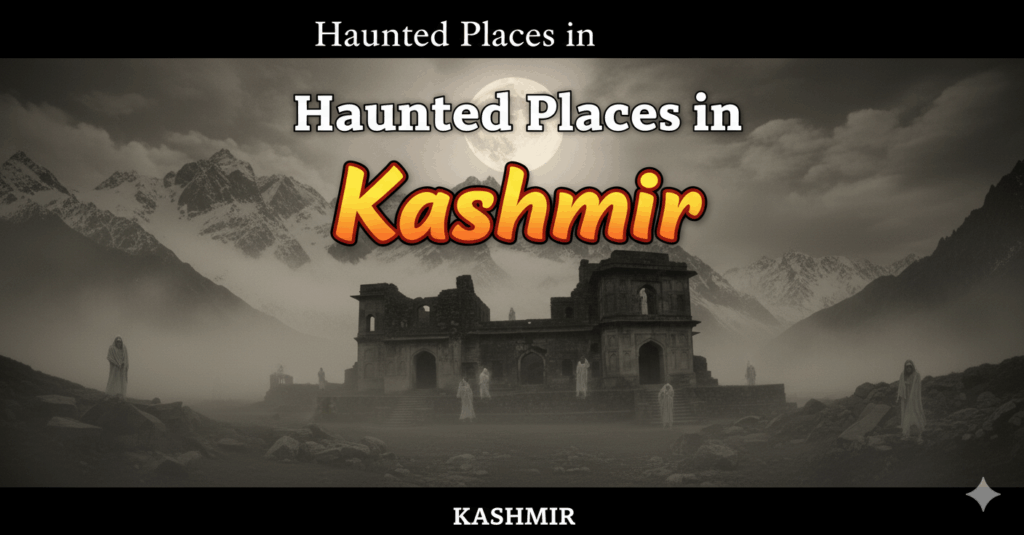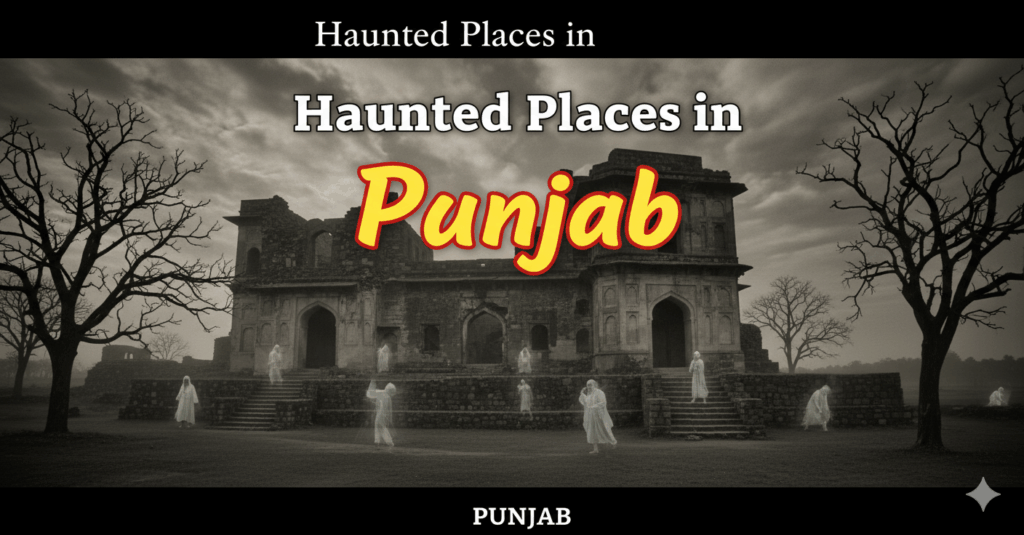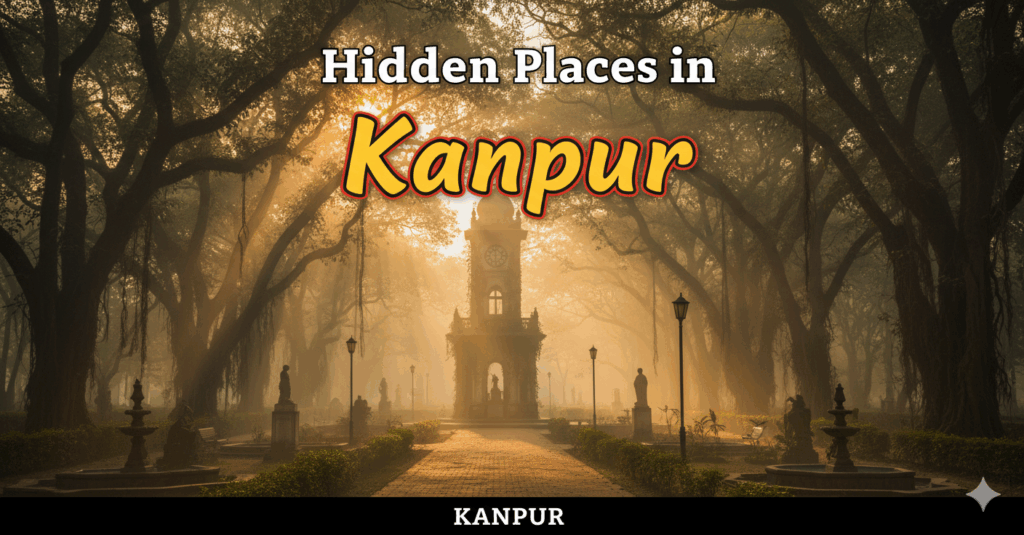Nestled in the lush Western Ghats of Maharashtra, the sacred Bhimashankar Temple stands as one of the twelve revered Jyotirlingas of Lord Shiva. This ancient shrine, surrounded by dense forests and breathtaking landscapes, attracts thousands of devotees and nature enthusiasts throughout the year. Understanding the best time to visit Bhimashankar is essential, as the temple’s spiritual significance, coupled with its location in an ecological hotspot, makes timing your visit crucial for an optimal pilgrimage experience.
Table of Contents
Seasonal Overview: Finding Your Perfect Time
Bhimashankar’s location in the Western Ghats creates a unique microclimate that varies throughout the year, affecting both your travel experience and the spiritual atmosphere of this sacred site. While winter brings comfortable temperatures and clearer views, the post-monsoon period offers lush landscapes with fewer crowds. Your choice depends on whether you prioritize comfortable weather, spiritual significance of festival dates, or the natural beauty of the surrounding sanctuary.
Best Time to Visit Bhimashankar: Month-by-Month Breakdown
| Season | Months | Temperature | Crowd Level | Landscape | Best For |
|---|---|---|---|---|---|
| Post-Monsoon | October-November | 15-28°C | Moderate | Lush green, active waterfalls | Photography, nature walks, balanced experience |
| Winter | December-February | 15-22°C (day) 8-12°C (night) | High | Clear vistas, dry forests | Wildlife viewing, comfortable temple visits, families |
| Summer | March-May | 22-32°C | Low-Moderate | Dry, good visibility | Budget travel, shorter queues, avoiding crowds |
| Monsoon | June-September | 18-25°C | Low | Misty, vibrant green, dramatic waterfalls | Adventure, photography, solitude, lower rates |
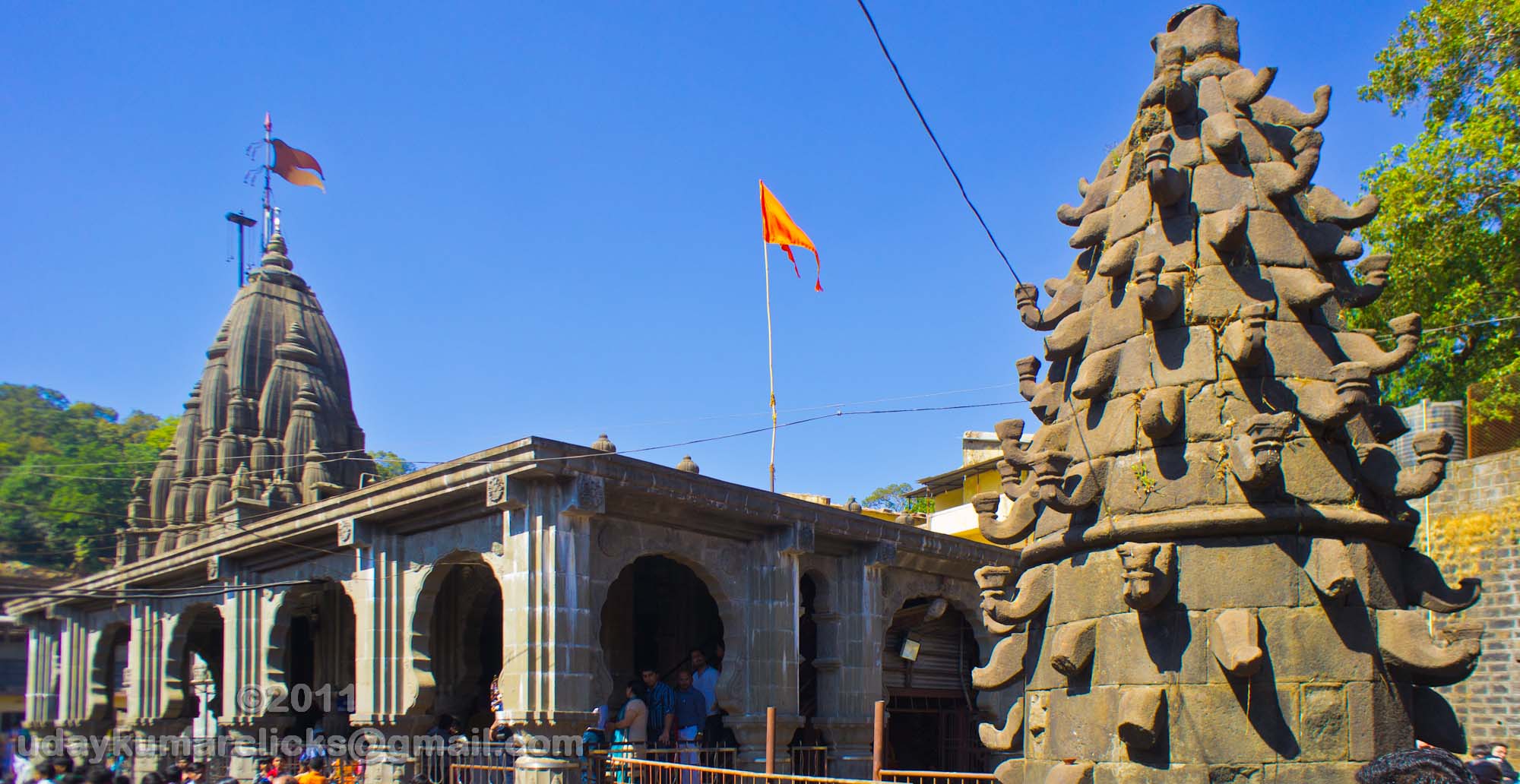
Winter Season (December to February) – Peak Season
Winter brings the most comfortable conditions for visiting Bhimashankar, making it the peak tourist season. Daytime temperatures range from 15-22°C with cool nights dropping to 8-12°C.
Pros:
- Pleasant daytime temperatures ideal for temple visits and meditation
- Clear skies offering spectacular views of the Sahyadri valley
- Perfect weather for trekking and outdoor activities
- Higher chances of wildlife sightings in the sanctuary
- Excellent visibility for photography enthusiasts
Cons:
- Larger crowds, especially on weekends and holidays
- Higher accommodation rates during peak season
- Chilly early mornings and evenings requiring warm clothing
- Advance booking necessary for convenient accommodations
Ideal for: Families with children, senior citizens, religious pilgrims, and those who prefer comfortable weather conditions for exploration.
Post-Monsoon Season (October-November) – Highly Recommended
This period offers the perfect balance between pleasant weather and natural beauty. The landscape remains lush green following the monsoon while the weather becomes stable and comfortable.
Pros:
- Temperatures range from 15-28°C, ideal for outdoor exploration
- Lush green landscapes with active waterfalls
- Fewer tourists compared to winter months
- Excellent photography opportunities with vibrant foliage
- Forest shows remarkable biodiversity
Cons:
- Occasional light showers possible in early October
- Some trekking paths may still be muddy
- Limited accommodation availability compared to peak season
Ideal for: Nature lovers, photographers, and those seeking a balanced experience with comfortable weather and natural beauty.
Summer Season (March-May) – Budget-Friendly Option
The pre-monsoon summer months bring warmer temperatures to Bhimashankar, though it remains significantly cooler than the surrounding plains.
Pros:
- Less crowded than winter months
- Moderate temperatures (typically 22-32°C)
- Good visibility of landscapes and vistas
- Better accommodation availability with potential discounts
- Shorter queues for darshan
Cons:
- Increasing temperatures, especially in May
- Reduced water levels in streams and waterfalls
- Dry forest conditions with less vibrant greenery
- Occasional heat waves from the plains
Ideal for: Budget travelers, those seeking shorter queues for darshan, and visitors who want to avoid both extreme weather conditions and peak crowds.
Monsoon Season (June-September) – For Adventure Seekers
The Western Ghats transform dramatically during the monsoon months, with Bhimashankar receiving heavy rainfall that rejuvenates the surrounding forest reserve.
Pros:
- Lush green landscapes with misty mountains
- Spectacular waterfalls active throughout the region
- Cooler temperatures averaging 18-25°C
- Fewer tourists creating a more solitary spiritual experience
- Perfect for nature photographers and wildlife enthusiasts
Cons:
- Challenging road conditions with occasional landslides
- Heavy rainfall can limit outdoor exploration
- Slippery trekking paths requiring extra caution
- Limited visibility on foggy days
Ideal for: Nature lovers, photographers, adventure seekers who don’t mind the rain, and those seeking a more intimate spiritual experience.
Bhimashankar Darshan Time and Temple Schedule
Understanding the temple’s operational hours is crucial for planning your visit effectively. The Bhimashankar darshan time varies slightly by season:
Summer timing (March-October):
- Morning: 5:00 AM to 12:30 PM
- Evening: 4:00 PM to 9:00 PM
Winter timing (November-February):
- Morning: 5:30 AM to 12:30 PM
- Evening: 4:00 PM to 9:00 PM
Peak vs. Off-peak Hours:
Busiest periods: 8:00 AM to 11:00 AM and 6:00 PM to 8:00 PM, especially on weekends and festivals
Quietest periods: Early mornings (5:00/5:30 AM to 7:00 AM) and afternoons (4:00 PM to 5:30 PM) on weekdays
How Much Time It Takes for Darshan in Bhimashankar
The duration of your darshan experience can vary significantly based on timing and crowds:
- Off-season weekdays: 15-30 minutes for complete darshan
- Weekend regular darshan: 1-2 hours of waiting time
- Festival/holiday period: 2-4+ hours during major religious days
- Special puja participation: Add 30-45 minutes to your darshan time
For those seeking a more peaceful experience with minimal waiting, early morning visits on weekdays are highly recommended. Devotees report a more intimate spiritual connection during these quieter hours.
Bhimashankar Aarti Time – Witnessing Divine Rituals
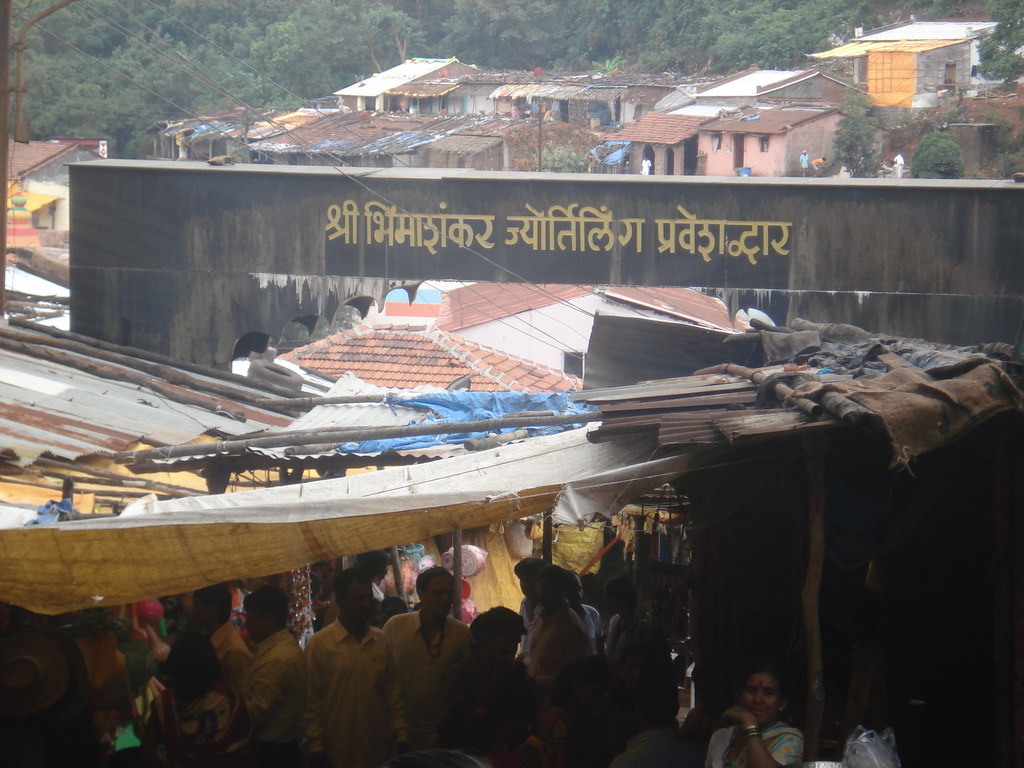
The ceremonial aarti is a highlight of any visit to Bhimashankar Temple, offering a powerful spiritual experience:
- Morning (Kakad) Aarti: 5:30 AM
- Afternoon (Madhyan) Aarti: 12:00 PM
- Evening (Sandhya) Aarti: 7:00 PM
- Night (Shayan) Aarti: 8:30 PM
The evening Sandhya Aarti is particularly popular, with the temple beautifully illuminated and the atmosphere charged with devotional energy. Arriving 30 minutes before any aarti ensures you can secure a good position to witness the ceremony.
Bhimashankar Temple Pooja Cost and Special Ceremonies
The temple offers various ceremonial pujas for devotees seeking special blessings:
- Regular Darshan: Free (donations optional)
- Abhishekam: ₹351 – ₹1,100 (depending on inclusions)
- Rudrabhishekam: ₹1,100 – ₹2,100
- Laghurudra: ₹3,100 – ₹5,100
- Maharudra: ₹7,100 – ₹11,000
- Annaprashanam: ₹501
- Special Festival Pujas: Varies from ₹501 – ₹5,100
Note: These prices are approximate and subject to change. Always confirm current rates at the temple office upon arrival.
These special pujas require advance booking, especially during weekends and festival periods. The temple administration provides receipts for all puja services, and the funds contribute to the maintenance of the temple and charitable activities.
Nearest Railway Station to Bhimashankar Temple
Train travel is a convenient option for reaching the vicinity of Bhimashankar:
Primary Options:
- Pune Railway Station: Approximately 110 km from Bhimashankar (most convenient major station with regular connectivity)
- Talegaon Railway Station: About 75-80 km (though closer, it has fewer train connections)
- Kalyan Junction: Around 130-140 km (for travelers coming from Mumbai)
Onward Transportation:
- From Pune: State transport buses (ST) run regularly (journey time 4-5 hours) or taxis (3-3.5 hours)
- From Talegaon: Limited bus services; shared or private taxis are more reliable options (3.5-4 hours)
- From Kalyan: Buses to Bhimashankar via Manchar (5-6 hours)
Road Journey Options
- From Mumbai: 210-225 km via Kalyan and Tokawade (6-7 hours)
- From Pune: 110 km via Manchar and Ghodegaon (3-3.5 hours)
- From Nashik: 190 km via Sangamner (4.5-5 hours)
The road quality varies, with the final 30 km stretch featuring winding ghat roads through forest areas. The last 15 km is particularly steep with hairpin bends. During monsoon (June-September), allow for additional travel time due to reduced speeds on wet roads and potential roadblocks from minor landslides.
Bhimashankar for Senior Citizens: Special Considerations
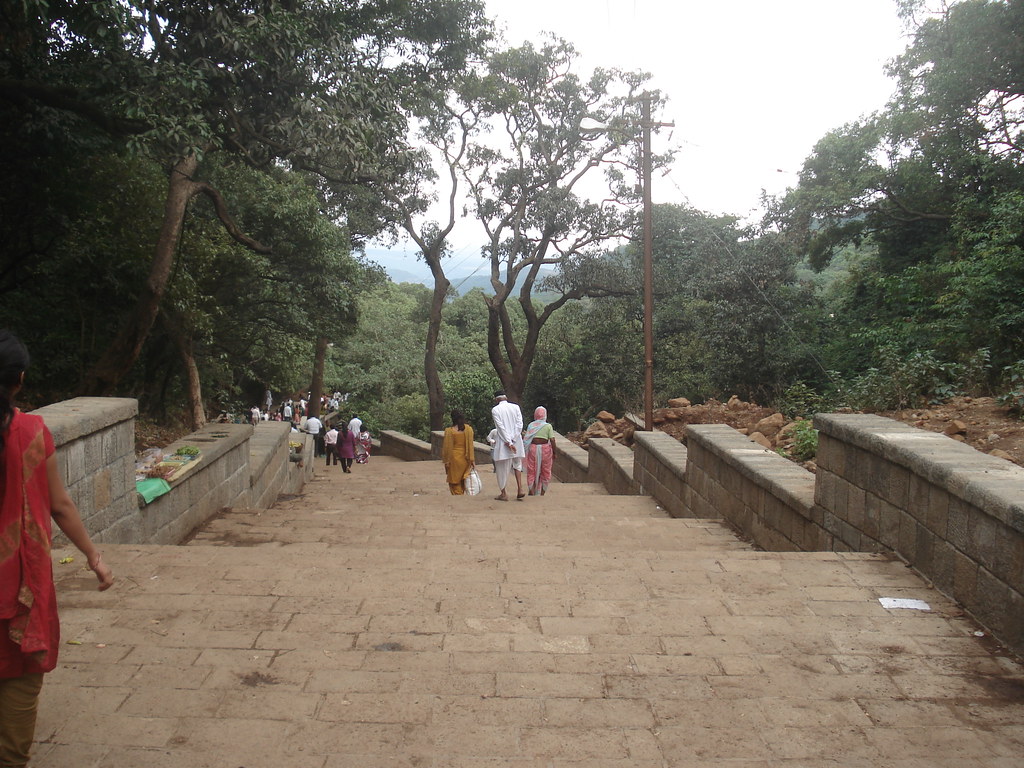
The journey to Bhimashankar can be challenging for elderly visitors due to the temple’s location and the climbing required. However, with proper planning, Bhimashankar for senior citizens can be a rewarding experience:
Best season: Winter (November to February) offers the most comfortable climate with less strenuous conditions.
Accommodation: Stay in Bhimashankar village rather than making a day trip to allow for a relaxed pace.
Transportation: Consider hiring a private vehicle for door-to-door service rather than using public transport.
Mobility assistance: Walking sticks are helpful for the temple steps; doli (palanquin) services are available at the base for those with mobility issues (approximately ₹1,000-1,500 for round trip).
Timing: Visit on weekdays during morning hours (9-11 AM) when crowds are thinner, allowing easier movement.
Wellness: Pack necessary medications, as medical facilities are basic with only a primary health center in the village.
Accommodation and Planning Tips
Staying Options:
- Temple Trust Accommodations: Basic rooms at affordable rates (₹600-1,200), located closest to the temple
- MTDC Resort Bhimashankar: Government-run facility with decent amenities (₹1,800-3,000)
- Private Hotels and Guesthouses: Limited options ranging from budget (₹1,200-1,800) to comfortable (₹2,500-4,500)
- Homestays: Several family-run accommodations offering authentic local experiences (₹1,500-2,500)
Note: Accommodation rates increase by 20-30% during weekends and peak season (Oct-Feb).
Essential Planning Tips:
- Advance Booking: Essential during weekends and festival times, particularly in winter
- Duration: A one-night stay is sufficient for temple visit; add a day for exploring the wildlife sanctuary
- ATM Access: Only one ATM in Bhimashankar village; withdraw cash beforehand in Manchar or Ghodegaon
- Mobile Connectivity: BSNL offers the most reliable coverage; other networks have limited service
- Food Options: Limited to simple vegetarian restaurants and temple canteen (Bhojanalaya)
- Clothing: Carry layers even in summer as evenings can be cool; rainwear is essential during monsoon
Exploring Beyond: Extending Your Spiritual Journey
After experiencing the divine presence at Bhimashankar, consider extending your spiritual and cultural journey to explore other magnificent destinations across India. You might want to discover the coastal beauty and Portuguese heritage with our Goa tour packages from Mumbai, experience the pristine coral islands and turquoise waters through Andaman tour packages from Mumbai, or venture into the untouched coral paradise with Lakshadweep tour package from Mumbai. For comprehensive travel experiences that combine spirituality, culture, and natural beauty, explore our India tour packages from Mumbai to discover the incredible diversity of our nation.
Final Thoughts: Choosing Your Ideal Time
The best time to visit Bhimashankar ultimately depends on your priorities:
- For comfortable darshan with moderate crowds: Weekdays during October, November, February or March
- For nature and wildlife enthusiasts: Late monsoon (September) or early winter (October)
- For spiritual seekers preferring solitude: Early mornings on weekdays throughout the year
- For festival atmosphere: Plan around Maha Shivaratri for a once-in-a-lifetime experience
- For senior citizens and families: December to February offers the most comfortable conditions
Bhimashankar’s divine presence can be experienced throughout the year, with each season offering its unique perspective on this sacred Jyotirlinga. While winter may be conventionally considered the best time to visit Bhimashankar, each period has its distinct charm and spiritual atmosphere that might resonate differently with individual pilgrims.
Whether you choose the lush post-monsoon period, the comfortable winter months, the budget-friendly summer season, or the adventurous monsoon time, your pilgrimage to Bhimashankar will be a transformative spiritual experience that connects you with the divine energy of Lord Shiva amidst the pristine beauty of the Western Ghats.
You can visit us at VDP Travels, Neighbourhood Complex, F- 5, near SBI Bank, Sector 4, Nerul, Navi Mumbai, Mumbai, Maharashtra 400706. For comprehensive Bhimashankar pilgrimage packages and customized spiritual tour experiences, call +91 99675 18405, or visit https://vdp-travels.com.
Frequently Asked Questions- FAQs
What is the best time to visit Bhimashankar for first-time visitors?
October to February offers the most comfortable weather conditions with clear skies and pleasant temperatures, ideal for first-time pilgrims.
How much time should I allocate for Bhimashankar darshan?
Plan for 30 minutes to 2 hours depending on the crowd; early morning weekday visits typically take 15-30 minutes.
What is the Bhimashankar aarti time schedule?
Morning aarti at 5:30 AM, afternoon at 12:00 PM, evening at 7:00 PM, and night aarti at 8:30 PM.
Which is the nearest railway station to Bhimashankar temple?
Pune Railway Station (110 km) is the most convenient major station with regular connectivity and onward transportation options.
What are the Bhimashankar temple pooja costs?
Regular darshan is free, while special pujas range from ₹351 for Abhishekam to ₹11,000 for Maharudra ceremonies.
Is Bhimashankar suitable for senior citizens?
Yes, with proper planning during winter months, comfortable accommodation, and mobility assistance services like doli (palanquin) available.
Are there accommodation options near Bhimashankar temple?
Yes, options include temple trust rooms (₹600-1,200), MTDC resort (₹1,800-3,000), and private hotels (₹1,200-4,500).
Can I visit Bhimashankar during monsoon season?
Yes, but expect challenging road conditions and heavy rainfall; it’s ideal for nature lovers and those seeking solitude.
What should I carry for my Bhimashankar visit?
Warm clothing for winter, rainwear for monsoon, comfortable walking shoes, necessary medications, and sufficient cash.
How far is Bhimashankar from major cities?
Mumbai (210 km), Pune (110 km), and Nashik (190 km) with journey times ranging from 3-7 hours depending on starting point.

